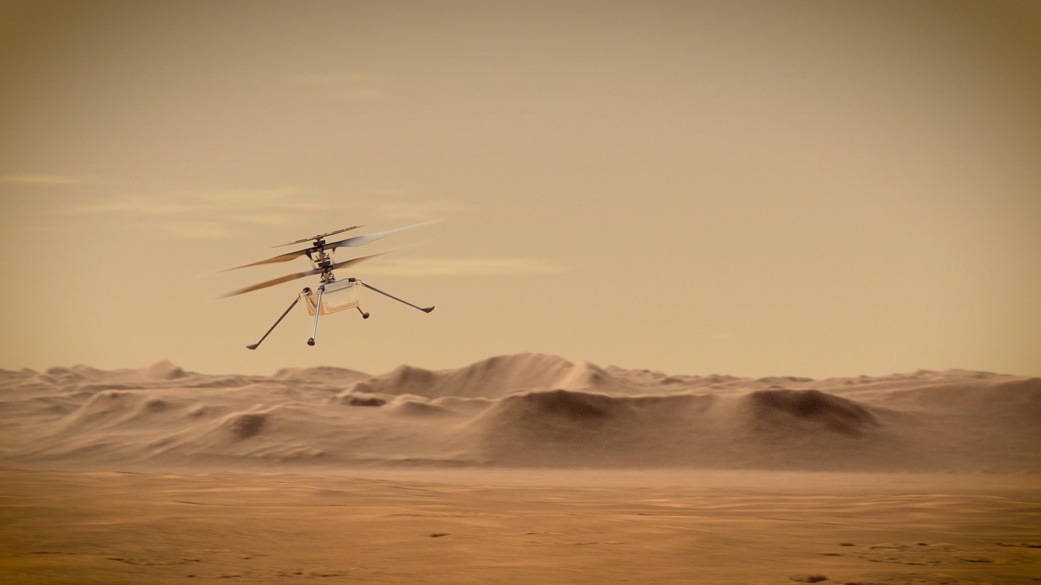Explained: What are Nasa’s big plans for Perseverance rover on Mars
The successful landing is only the beginning of the first leg of a relay race as Nasa has big plans chalked out for Perseverance and future Mars mission.
Cheers erupted in mission control at Nasa's Jet Propulsion Laboratory after controllers confirmed that Perseverance rover safely touched down on Mars. The sophisticated vehicle covered almost 300 million miles over seven months before landing in the Jezero Crater, the most challenging terrain on Mars ever targeted. But the successful landing is only the beginning of the first leg of a relay race as the American space agency has big plans chalked out for Perseverance and future Mars mission.

The goal of the Mars 2020 mission is to learn whether life even existed on the Red Planet after the science team of Nasa identified Jezero Crater as an ancient lakebed, formed billions of years ago. The crater was filled with water forming a deep lake but it later dried up and surface water disappeared as the climate of Mars changed. The Perseverance rover will be used to collect the rocks from the Jezero crater and future mission will return samples from Mars.
The reason behind collecting rocks from Jezero crater is the common phenomenon observed on Earth where evidence of life is often preserved in the mud and sand deposited at the bottom of the lake. “The science team identified Jezero Crater as basically an ancient lakebed. And one of the most promising places to look for evidence of ancient microbial life and to collect samples for future return to Earth,” Matt Smith, Mars 2020 flight director, cruise operations, had earlier said.
Watch: NASA’s Perseverance rover lands on Mars, sends home its first pictures
Perseverance rover has 23 cameras and Nasa has already released images using the Hazard Avoidance Camera, also known as Hazcams, installed on the vehicle. While Viking 1 was the first of two spacecraft to sent Mars by Nasa way back in 1976, Perseverance, the heaviest payload to land on the Red planet so far, will be the first to collect rock and dust samples that will return to Earth through future missions.
Ingenuity Mars helicopter
Perseverance landed on Mars with Ingenuity helicopter, a 1.8 kilograms payload with some outsize ambitions, attached to the rover’s belly. Ingenuity will be the first aircraft to attempt controlled flight on another planet.

Martian atmosphere is 99 per cent less dense than Earth's, which makes it difficult to achieve enough lift. After safely landing on the Red Planet, Ingenuity's next biggest challenge is to safely deploy itself to the surface from Perseverance's belly and autonomously keep warm through the intensely cold Martian nights. Successful flights of Ingenuity could provide ambitious aerial dimension to future Mars exploration.






